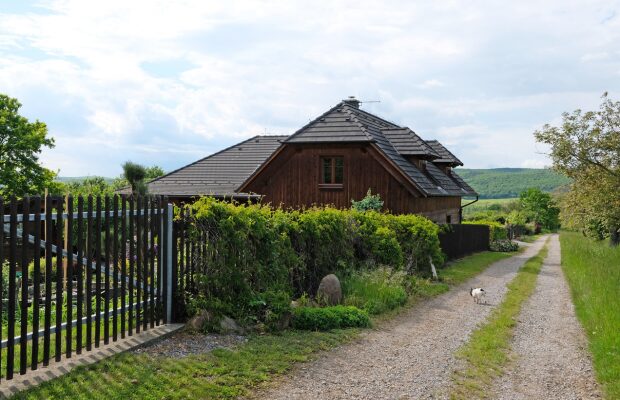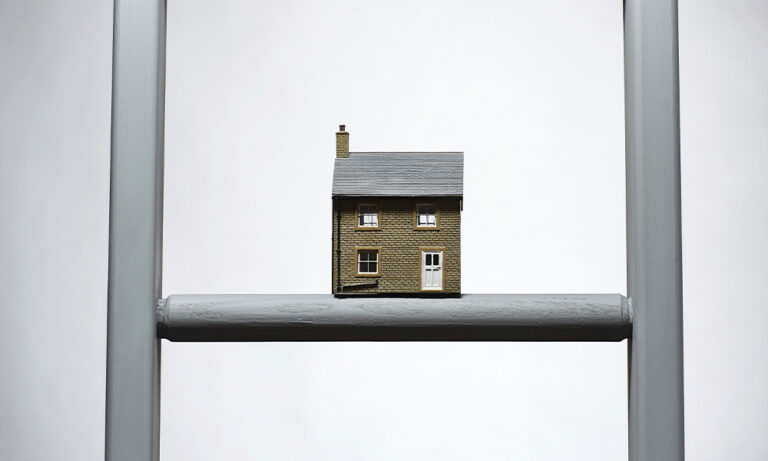As we’re living longer, our pensions will become more stretched. Life expectancy for today’s 65-year-olds currently stands at around 83 years old for men and 86 for women, so it pays to prepare as early as possible for your retirement and have the right savings and investment plans in place to give you the income you need during your retirement years.
Audit your wealth
A good way to start planning ahead is to review your personal wealth and spending habits. Value your assets, such as any property equity of your home and any savings accounts, and investigate your state pension entitlement and pension pots. This will give you a picture of what income you can expect and potentially achieve, at retirement. For spending, look at recent bank statements for your regular outgoings and incomes, and add on extra spend for special occasions. This will give you a good benchmark of your typical outgoings, but also think about any changes to your income and expenditure by the time you finally retire.
Bricks and Mortar
When it comes to saving for retirement, make sure you are aware of all your options. You can use any type of savings or investments to build a pension pot, and with great returns in recent years, buy-to-let investment holds great appeal for people looking for a more ‘tangible’ form of longer term investment.
Trading down a main residential home at retirement is a tax efficient strategy, since the gain made on selling your home is normally tax-free. Buy-to-let investments are subject to tax when it comes to selling, but choose the right rental property and you can derive a comfortable annual rental income as well as enjoy capital gains on the property’s value over time.
Property is outperforming most savings accounts for investment return, and when you die, your money stays in your property for your beneficiaries to sell or continue letting for a rental income. By investing in more than one property, you can split your cash between them for a higher rental income and to reduce the potential impact of void tenancy periods.
Making the right choice
Choosing the right property in the right area is key. Most landlords prefer to invest in properties close to home as they have a better local market awareness and it lets them keep an eye on their asset. However, landlords wanting to get the very best investment buys should consider properties further afield which may attract a higher rental demand and capital gain.
All investments carry their own advantages and risks, so it’s worth seeking specialist financial advice to select the right investment mix for you. But when it comes to buy-to-let, don’t go it alone – talk to the property experts at your local Martin & Co office. They are trained to know their local areas inside out and can give you impartial guidance and micro-level information on the sales and lettings market. They can help you find a property that gets let and stays let, but also take the hassle out of the finding tenants, managing rent collection and the day-to-day management of your property, depending on how hands on you want to be as a landlord.




